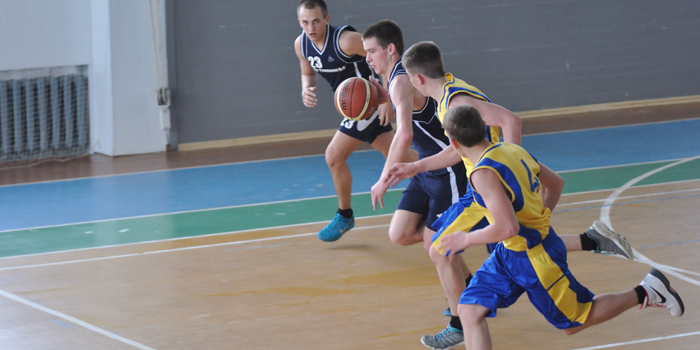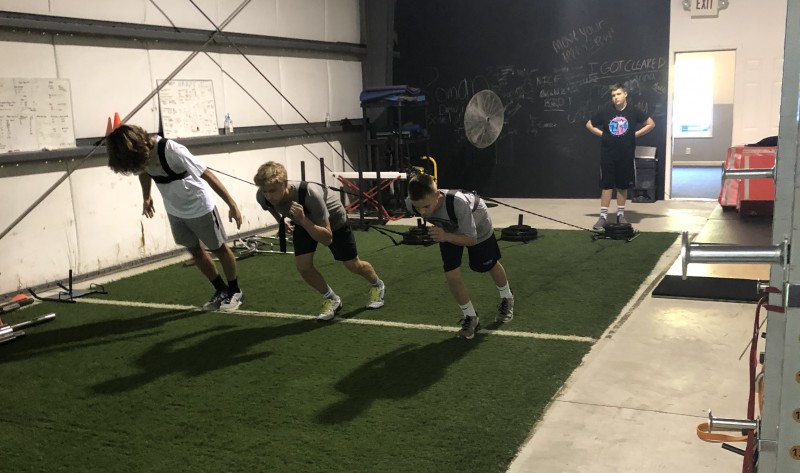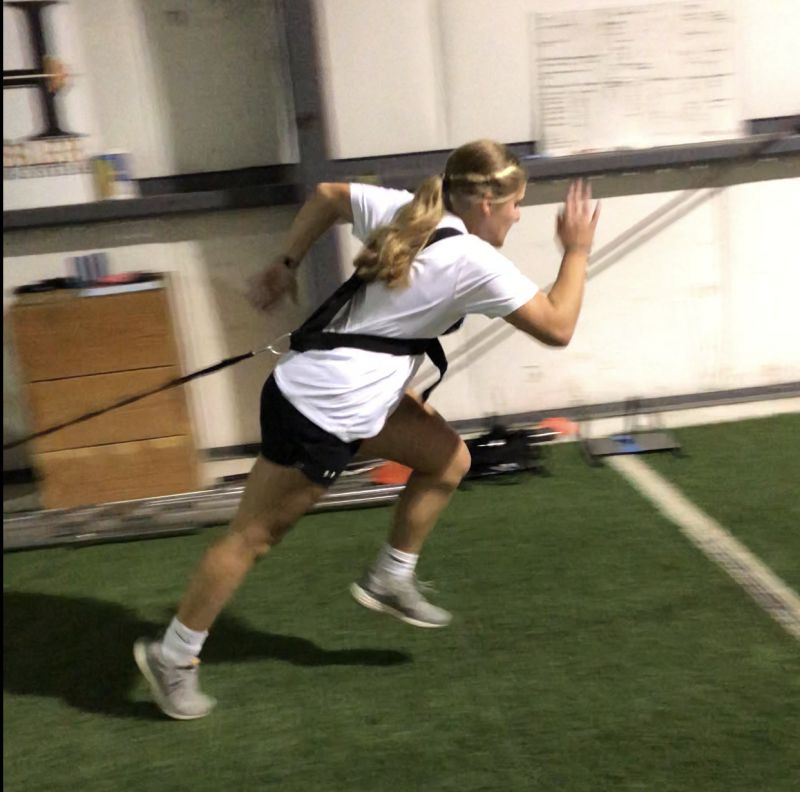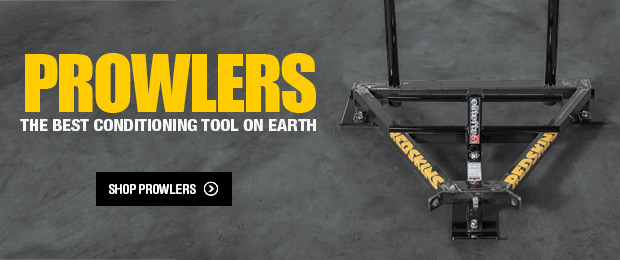
Speed is impressive. Speed wins championships. Speed, essentially, is a game changer.
The problem with speed is overly complicated or exceptionally shortsighted methods used to improve this sought-after athletic necessity.
On one side, we have the intricate skip and wall drills commonly used in sports training facilities. Here, the athlete either performs sprint technique drills pressed up against a wall or they perform various skipping drills that generally make them “feel stupid.”
Yes, I have had plenty of athletes tell me these drills make them feel stupid, which really means they feel like they look stupid, which means they are focused on how they look and are unlikely to derive any benefit from the drill.
RELATED: Explosive Strength and Plyometric Options for Upper Body: How and When to Implement Them
I used these drills because that’s what everyone else was doing and when people are paying me for a result, I had a hard time justifying breaking from the norm, regardless of what my gut said. I am not saying these drills have no value; I still use plenty of them in place of sprinting when I can tell my athletes are getting bored of sprints and need a different stimulus for a week or two. I am saying that these drills can be unnecessarily overly complicated and stressful for the athlete.

Let the pendulum swing to the right, and we have the crowd that believes athletes simply need to get stronger to get faster. Fast athletes are strong athletes, and I fully agree that strength plays a major role in improving speed, but it is not enough. Improving strength will aid in the ability to put force into the ground, which will help the athlete run faster IF they are applying that force in the right direction.
During the first five to thirty yards of a sprint, the athlete holds a forward posture and speed is built up by applying force horizontally into the ground. After that, as the athlete’s posture begins to move toward vertical, force is applied in a more vertical plane. Most strong but technically inefficient athletes tend to apply force vertically from the start, thus limiting the amount of speed they can produce. If you put two strong athletes head-to-head in a sprint, the one with some technical speed training will smoke his less skilled counterpart. Strength alone does not cut it!
As a side note, I want to mention that I believe athletes should understand the basics of speed development, but I do not need athletes to demonstrate picture perfect Olympic-quality technique. Olympic-caliber athletes work for years on a few specific technique points with a laser focus.
I work with my athletes for six months a year if I am lucky, and half the time they are too focused on friggin’ Fortnight or Snapchat to perfect their sprinting technique. I just need these kids to understand how to apply force so they can get to the ball before their opponents.
Sprinting with a weighted sled has become my go-to exercise for improving an athlete’s ability to accelerate because it teaches and trains those mechanics. An athlete who can efficiently accelerate will maintain a forward body posture, forcefully punch the knees forward building up kinetic energy in the legs, powerfully drive the leg back, not down, against the ground, striking the ground with the knees in front of the dorsiflexed ankles.
To efficiently accelerate, the athlete must be able to push the ground behind them on every stride. If your car runs out of gas and you have to push it to the gas station, you would lean into it with your upper body and push back with your legs. This is very similar to how an athlete accelerates. To maintain this forward lean, you need to be strong to overcome gravity, or you’d better have a car in front of you, though I am not too sure how that would work in a sporting event. Heavy sled sprints are a great way to gain strength under the same circumstances.
Before you go tossing six plates on the sled, you should know a couple details that will help guide your weight selection. You should still be able to move the sled with some speed; it isn’t a powerwalk. If you go too heavy, you are likely to lean too far forward, which will limit your ability to knee punch effectively.

If you were to take a picture mid-stride, an efficient alignment of your body would look like this: the shoulders are in front of the hips, the punch knee is aligned under the hips, the hips are in front of the drive knee, and the drive knee is in front of the ankles. You could draw a straight-ish line from the shoulders to the hips to the knees to the ankles. If you load the sled up with too much weight, the shoulders will often drop, and that straight line becomes a little more like an upside down smiley face.
Two flaws I commonly see with high school athletes are a lack of upward knee drive and inefficient angles of ground contact between the foot and the knee. A strong slightly upward knee punch is very important as it builds up power to be used when the leg drives back against the ground, and it also aligns the lower leg and the ankle at an angle that will push the athlete forward on ground contact.
Sled sprints slow things down a bit, which allows the athletes to focus on punching the knees up. Sled sprints are also great because they force the athlete to align the knee and foot in a way that will allow them to drive back against the ground. If the foot lands under the knee, forward motion will be slowed; if the foot lands in front of the knee, forward motion will stop; and if the foot lands slightly behind the knee, forward motion will speed up! It is extremely simple and the kids get it.
I typically have my athletes performing weighted sprints one to two days per week, depending on the quality we are trying to improve. We will load the sled up with anywhere from 25 to 150 pounds. When strength is the primary goal, we will load the sleds up and see what the kids can do. When speed and power is the goal, we will keep the sleds on the lighter side. It is not an exact science, but it is not exactly complicated either!
I have been using sled sprints exclusively over the past two years, and what I have seen is a consistent improvement in 10- and 15-yard sprint times along with improved movement quality.
Will sled sprints help elite-level athletes? I have no idea; I train middle school, high school, and college athletes. I can only tell you that my athletes have consistently improved and it’s due in large part to sled sprints!
Header image courtesy of Vladimir Galkin © 123rf.com
Drew Heisler has worked as a trainer for team sport athletes and their parents for the last 10 years. He has a passion for helping middle school and high school athletes improve their sports performance. He also enjoys helping recreational lifters reach their strength, endurance, and body composition goals. He owns a private training facility in Middle Township, New Jersey.










